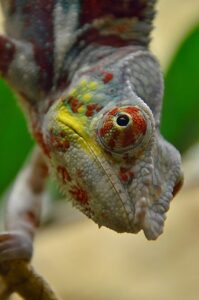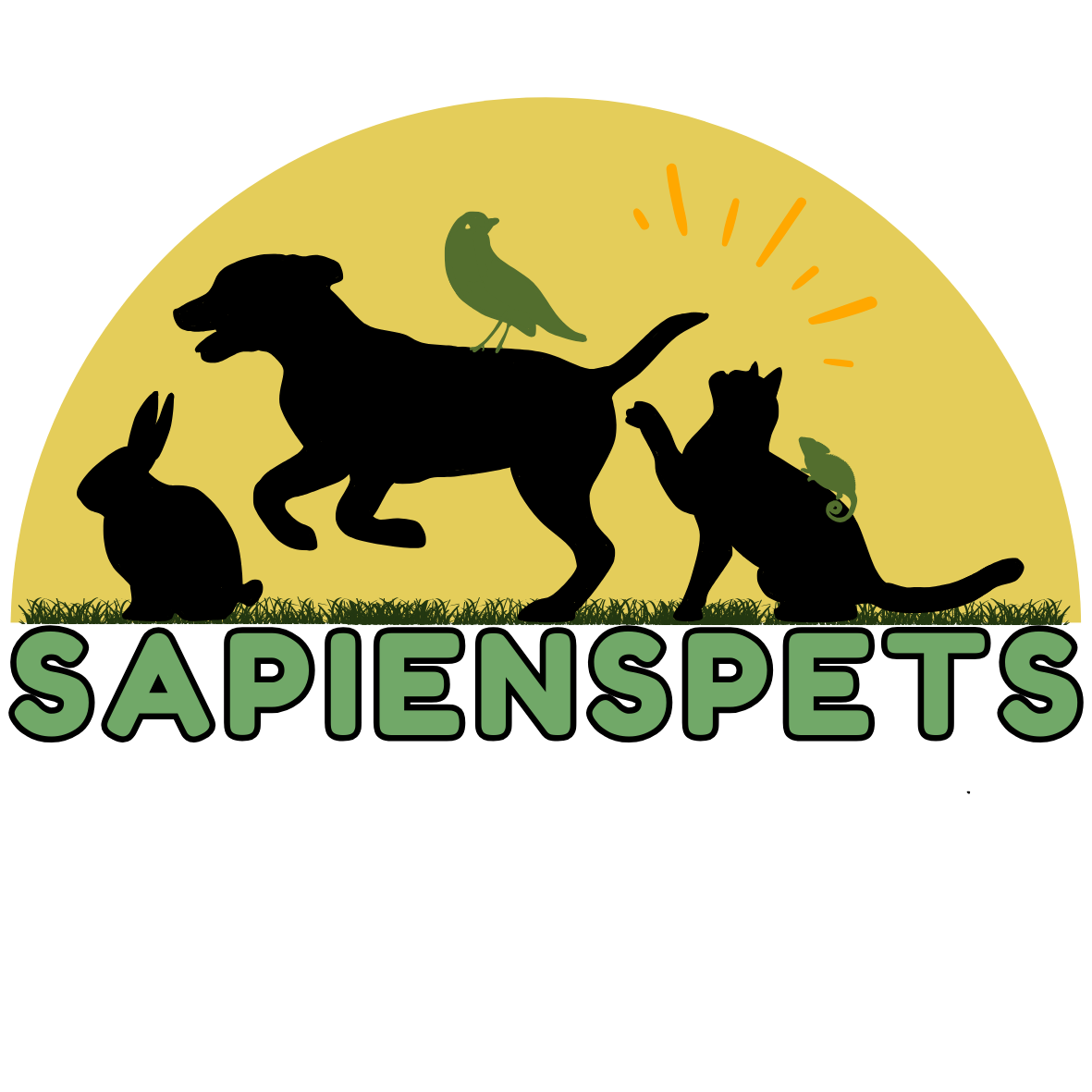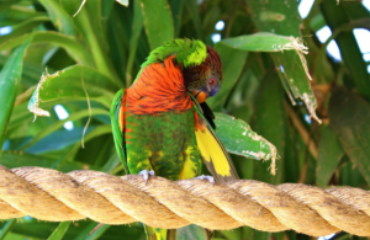Sapiens Pets is not a certified veterinarian or behavioralist. This site is not meant to replace advice from certified professionals.
Embracing Bioactive and Naturalistic Enclosures

As passionate advocates for the well-being of reptiles and amphibians, we firmly believe that providing bioactive or naturalistic enclosures should be the ultimate goal for every herpetology enthusiast. While artificial enclosures may serve as temporary solutions, they simply cannot replicate the enriching and health-promoting benefits that bioactive and naturalistic setups offer.
Let’s explore why:
Bioactive and Naturalistic Enclosures: The Gold Standard
Bioactive and naturalistic enclosures strive to recreate the authentic habitats of herps, offering a myriad of benefits that promote their physical and mental health:
- Stress Reduction: By mimicking their natural environment, these setups help alleviate stress and anxiety, leading to happier and more contented pets.
- Behavioral Enrichment: Herps thrive when provided with opportunities to engage in natural behaviors such as climbing, burrowing, and foraging. Bioactive and naturalistic enclosures encourage these activities, fostering a more active and fulfilling lifestyle.
- Biological Balance: Incorporating live plants, microorganisms, and other fauna establishes a self-sustaining ecosystem within the enclosure. This natural balance helps regulate humidity levels, control odor, and enhance air quality, resulting in healthier living conditions for your pets.
- Aesthetic Appeal: Beyond their functional benefits, bioactive and naturalistic setups create visually stunning displays that showcase the beauty of nature. These living works of art not only enrich the lives of your pets but also serve as captivating focal points in your home or workspace.
Artificial Enclosures: A Temporary Measure
While artificial enclosures may be convenient in certain situations, they fall short in providing the holistic benefits that bioactive and naturalistic setups offer:
- Limited Enrichment: Artificial enclosures lack the complexity and diversity of natural environments, depriving reptiles and amphibians of essential enrichment opportunities.
- Maintenance Challenges: While artificial setups may seem easier to maintain initially, they often require frequent cleaning and disinfection to prevent the buildup of harmful bacteria and odors.
- Suboptimal Conditions: Without the presence of live plants and natural substrates, artificial enclosures struggle to maintain optimal humidity and temperature levels, potentially compromising the health and well-being of your pets.
In conclusion, investing in bioactive or naturalistic enclosures is not just a luxury but a responsibility that every herp owner should embrace. By prioritizing the creation of enriching and naturalistic habitats for our herps, we can ensure their physical health, mental well-being, and overall quality of life. Let’s make bioactive and naturalistic enclosures the standard practice in herpetology, providing our beloved pets with the best possible care they deserve.



